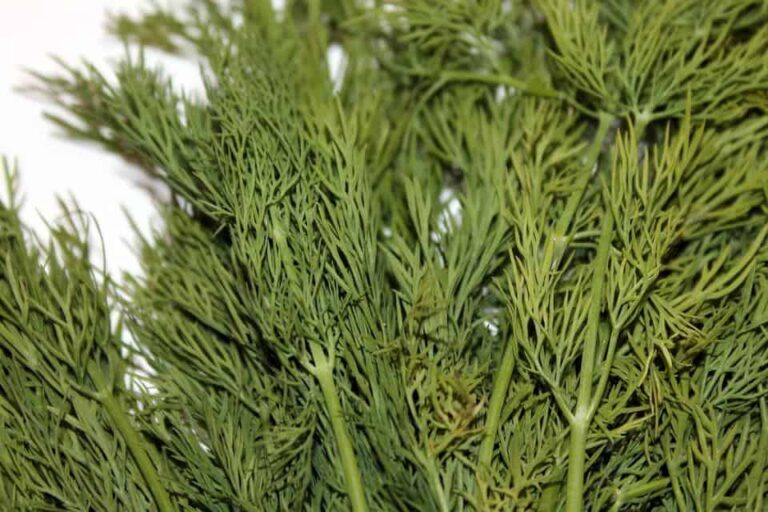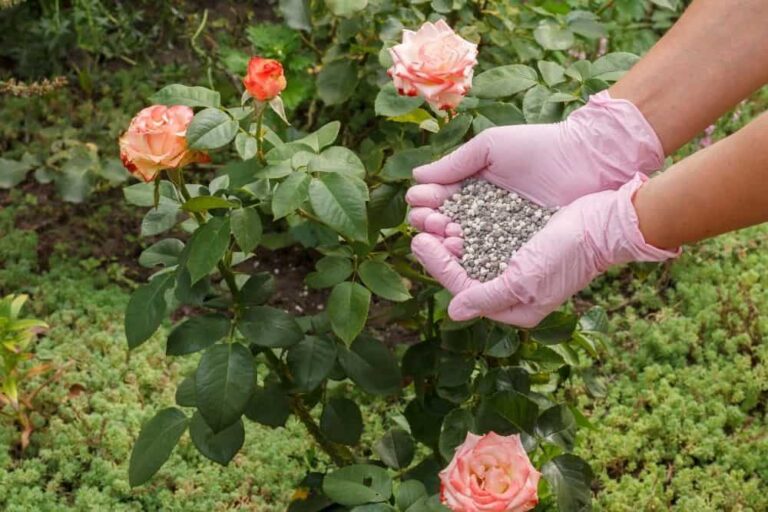A Guide to Various Types of Carrots
Think all carrots are orange? Think again! The wild carrot, Daucus carota, native to Europe and southwestern Asia, is the origin of the carrot we know today. From its likely beginnings in Afghanistan, the world of carrots has expanded into a variety of colors from white to red to purple.
The types of carrots can be classified by root shape and storage capability. Varieties range from the petite Paris Market carrot to the robust Imperator carrots. How many kinds of carrots exist? Cornell University has identified 146 varieties from easy-to-grow main season carrots to 19th-century French heirloom types.
Carrot History
Afghanistan is the likely home of carrots, but the carrot could also have set down roots in northern Iran and Pakistan, according to P.W. Simon of the USDA Agricultural Research Service.

And they didn’t start life as the orange vegetable we think of today. Rather, early carrots were yellow and purple. Orange carrots appeared much later in the 1700s probably in the regions around the Netherlands.
Carrots came to the United States probably from Europe. A study by Iorizzo et al. even suggests that carrots were considered weeds at one time. From these humble beginnings, the carrot remains one of the most important crops in the United States. Today, carrot production is big business, raking in about $300 million a year.
You May Also Read – Guide on How to Thin Carrots
Classifying Carrots
Carrots are broadly classified as either eastern or western cultivated types. This classification speaks to the genetic origins of carrots today. These main kinds are further broken down into four main categories of western cultivated carrots based on their root shape and storage capability.
Imperator
Imperator Carrots are the largest of the bunch, growing up to 10 inches long. They form beautiful vegetables with long tapering roots. They store well and are the ones you’ll likely see at a farmers’ market. These carrots are also the type that you typically find at the grocery store.
Danvers
Danvers Carrots are a bit smaller than Imperator at seven inches. They differ from Imperator carrots in that they tend to be wider at the top rather than the slender shape of the latter. They also have a stronger flavor. While you can find them fresh, these carrots are often used in processing.
Nantes
Nantes Carrots are about the same size as Danvers but differ in shape. Whereas Danvers are tapered, Nantes carrots are more cylindrical. You’d also be able to pick them out in the garden with their sparse foliage compared to robust tops of the previous two carrots. While Danvers carrots have a distinctive flavor, the flavor of Nantes carrots is sweet.
Chantenay
Chantenay Carrots are the smallest of the western cultivated types at five inches. They are short, stocky carrots with blunt tips. As opposed to the other three, processing is the primary use for Chantenay Carrots.
Cornell University identifies two additional types of carrots. The Amsterdam carrot, perhaps named in a nod toward the origins of the United States carrot, are even smaller than the Chantenay Carrots at three inches. These slender carrots make a suitable choice for gardens that don’t have the ideal soil conditions for longer varieties. And as if that weren’t small enough, there are also Paris Market Carrots at a mere 1 ½ inch size.
Other Ways to Group Carrots
Harvest Time
You can further group carrots by their preferred harvest times. Carrots typically take about 80 days to harvest. Can’t wait that long? You’ll find short-season varieties for getting in multiple plantings during the growing season.
You can harvest varieties such as the Orbit or Minicor in less than 60 days. And you can even shave off a few more days with the Baby Spike in 52 days. Despite its quick turnaround, this fast-growing carrot can get up to four inches long.
Taste and Nutrition
Carrots don’t all taste the same. Many varieties exist that have been bred for better taste. Want to indulge your culinary palette? You may want to consider planting some sweet types of carrots. Varieties such as Little Finger, Short ‘n Sweet, and Sweetness are known for their great taste.
You can even up the nutritional value of your carrots with varieties that have higher amounts of beta-carotene. In fact, you can meet your vitamin A needs for an entire year by planting high-carotene carrots on just one square meter of garden space.
Types of Carrots for Special Situations
Several types of carrots exist that may offer a good choice if you have less-than-perfect soil or your climate makes growing carrots hard. For example, if your soil is heavy clay, longer varieties of carrots like Imperator carrots may struggle to grow. Instead, you could try types that are bred to handle these conditions better such as Thumbelina.
Carrots struggle with their share of pests like aphids and red spider mites. Another common problem is root knot nematodes. Scientists have developed strains of nematode-resistant carrots to tackle this pest. You’ll also find carrots that can do better in heat such as the Danvers 126 or others like the Bolero that can fend off foliage disease.
Kaleidoscope of Color
Of course, you can’t talk about carrots without mentioning the array of colors. From white to yellow to red, you’ll find every shade in between—even purple. Not only do these carrots look amazing, but they offer a surprising health benefit. Researchers from the University of Wisconsin-Madison explain this turn of events.
A study by the USDA Agricultural Research Service found that eye-catching colors can encourage people to eat carrots. What’s more is that the new color varieties offer more opportunities for improving the nutritional value of carrots. The chemicals giving carrots a new look give them their health benefits.
Red carrots, for example, contain lycopene that may help guard against heart disease. The xanthophylls in yellow carrots promote good eye health. Even those odd-looking purple varieties have a healthy dose of antioxidants.
From their early beginnings, carrots have evolved from a lowly weed to the source of nearly one-third of the vitamin A intake for the average American. With over 100 varieties of new and heirloom types, you can find carrots in a wide array of shapes, colors, and tastes.






